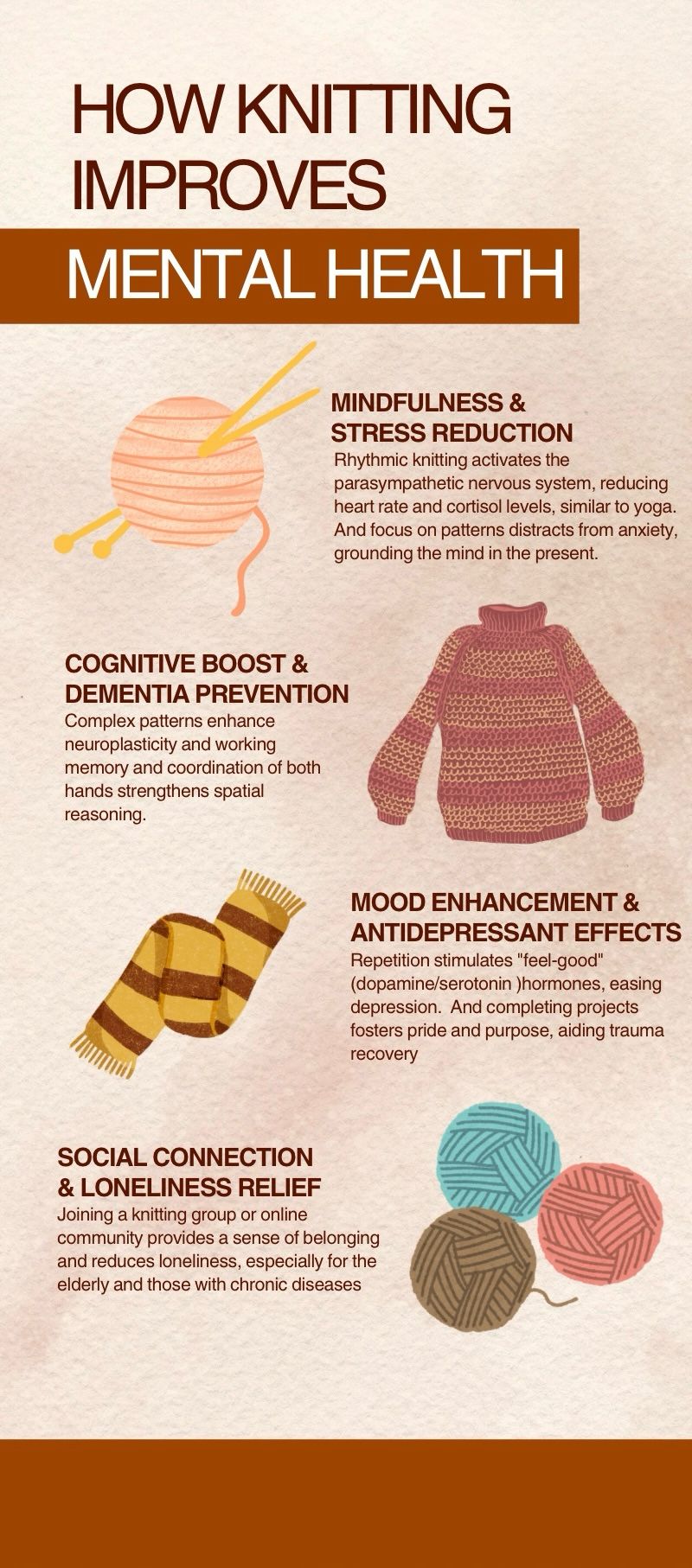Knitting was once regarded as a hobby for elderly, but now it has become young popular. What has made it so popular? And how does it help improve mental health?
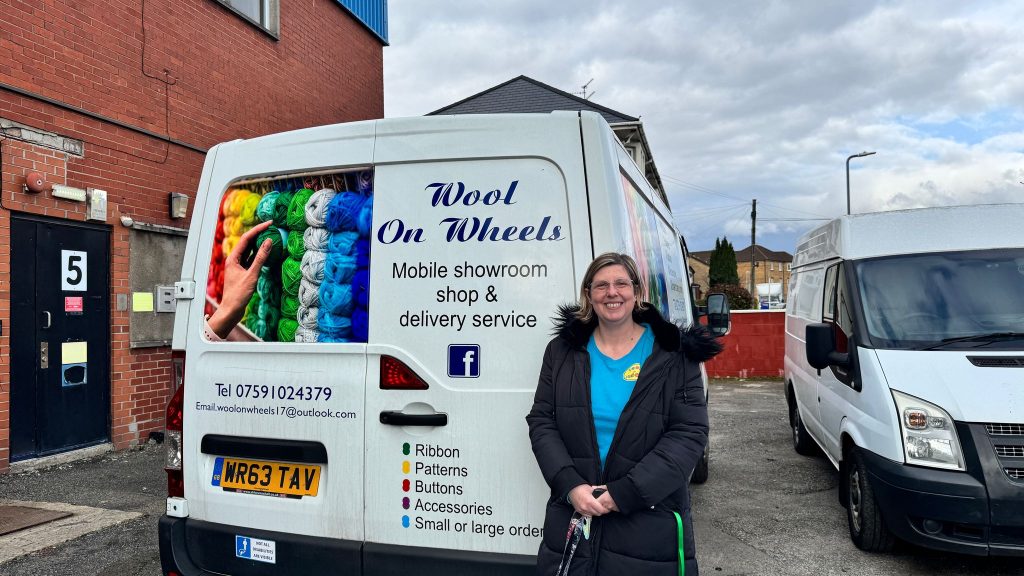
When you walk into a building on Norbury Road, you can find a cozy wool shop. The colorful rolls of wool are neatly arranged on shelves and various woven products fill in the room. Leann Harrington, 46, the owner of this wool shop, sits at the table, expertly manipulating two woolen yarns with her fingers, as she knits a baby sweater. But for her, it’s about more than just that.
“Knitting really makes me feel calm and relaxed,” Leann said. “I’ve had bad anxiety since I got sick. Even the thought of doing everyday things like dishes and cooking makes me feel uneasy. So, I turn to knitting, just sitting down with my knitting for half an hour helps me calm down.”
Leann explained that those painful days became the reason why her relationship with knitting began. In 2019, I decided to undergo a major operation to remove my large intestine and solve the health problems that had been bothering me for many years. After the surgery I really needed something to occupy my time. So, my mom started teaching me to knit, and I haven’t stopped knitting since then”, said Leann.
Knitting and crochet were often regarded as hobbies of the elderly in the past, but they are re-entering the public eye and radiating new vitality nowadays. More and more people from different age groups have begun to participate in this traditional handicraft. Data from the British Knitting Council shows that since the outbreak of the COVID-19 pandemic, about one million people have started learning to knit sweaters. The increase in people’s time spent at home has largely accelerated the development of this trend.
This trend has also gradually emerged in Cardiff, with an increasing number of community organizations and public spaces beginning to get involved. In the “Knit and Natter” group held at the Cardiff Hub Library, Jacci Peach found a moment of peace for herself.
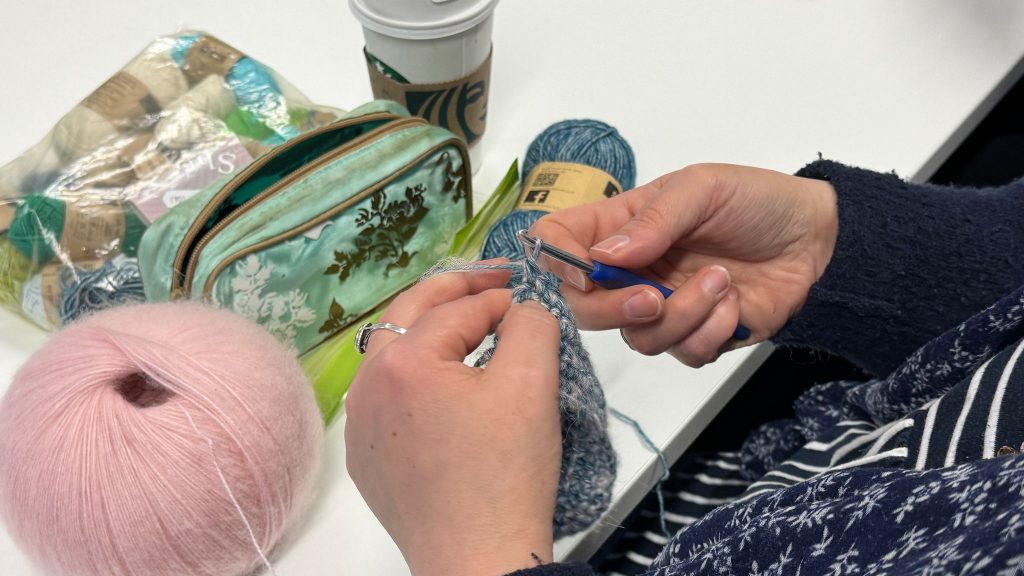
Jacci Peach, 51, is a participant in this group. “I’m very busy at work and feel a lot of stress. I wasn’t taking time to do something for myself. Then I found this group near where I live. So, I decided to come here every Friday, it was time for myself”, said Jacci.
Although many people still regard knitting as a leisure way to kill time, many participants pointed out that it has a positive and far-reaching impact on mental health. A study published in the Journal of Neuropsychiatry and Clinical Neuroscience shows that manual activities such as knitting sweaters and cross-stitch, which involve repetition and concentration, can effectively relieve psychological stress and help improve the functional state of the brain.
Leann emphasized that knitting is the best relief method during her recovery and anxiety. “When you’re knitting, you go into your own world, only focusing on the knitting, and nothing else matters. It gives you space to forget everything for a while,” said Leann.
Jacci agrees with this. “Because this is a very repetitive action, it makes me feel calm and relaxed. I always have a sense of anticipation when I am knitting. Because it gives me a sense of achievement to complete some work,” said Jacci.
Studies show that this rhythmic repetitive action can activate the parasympathetic nervous system, making people relax and helping to relieve stress and anxiety. The process of completing work can also increase dopamine levels, making people feel happier and more accomplished.
Besides, when you focus on patterns and stitches, it distracts from anxiety and allows the brain to focus on the present. In cognitive behavioral therapy, this is also a habit replacement therapy.

For 69-year-old Elizabeth, another member of the “knit and natter” group, knitting also helped her relieve a painful habit. “I used to be unable to resist tearing the barbs off my fingers, especially when my hands were idle, which caused many cuts on my fingers. Later I found that knitting is a good alternative, which makes my hands are busy,” said Elizabeth.
In addition to its psychological effects, knitting can also promote social interaction. In knitting groups, people not only create, but also communicate and support each other. Especially for some retired people, this has become an important place for them to communicate with others.
Elizabeth joined the knitting group after retiring two years ago. “After retirement, I found it hard to adapt to the changes in the pace of life for a while. The children weren’t around either. I felt very lonely. I wanted to find a place to chat and talk about some women’s topics,” said Elizabeth.
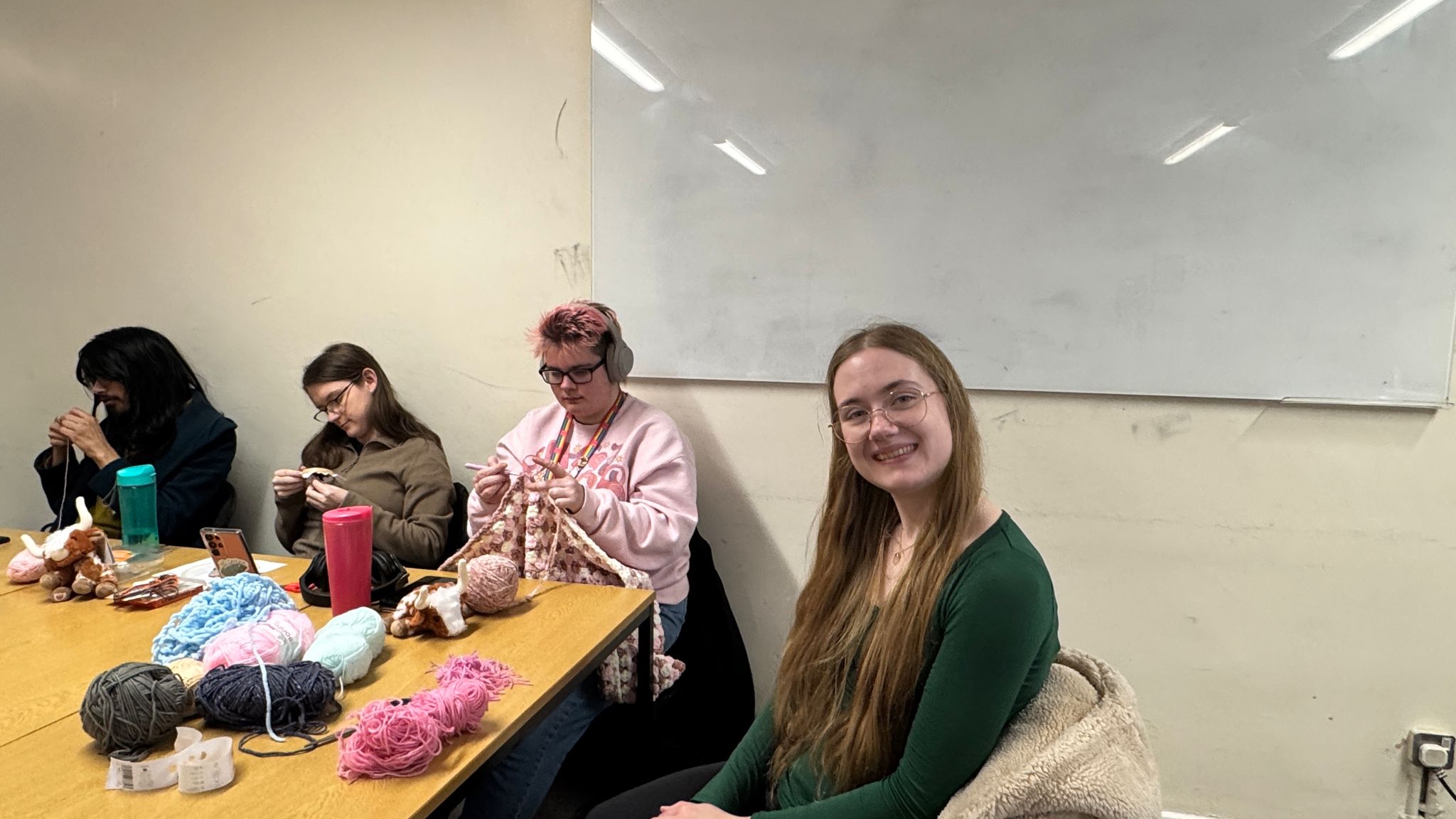
Sociability is also a major reason why weaving attracts young people. It provides people with a space to make new friends, learn new skills and exchange experiences.
Entering the knitting society of Cardiff University, you can hear everyone chatting merrily. Several young members are busy working on their projects around the tables, their hands moving with varying degrees of skill and rustiness.
Cardiff University’s knitting society has more than 70 members and holds events every Wednesday. Young people get together and work with their own knitting or crocheting projects. There are always a lot of people participating each week. “Maybe it’s because nowadays most of our activities are online, so people like to take a break offline,” says Lucie Cloke, a 21-year-old member of the knitting society.
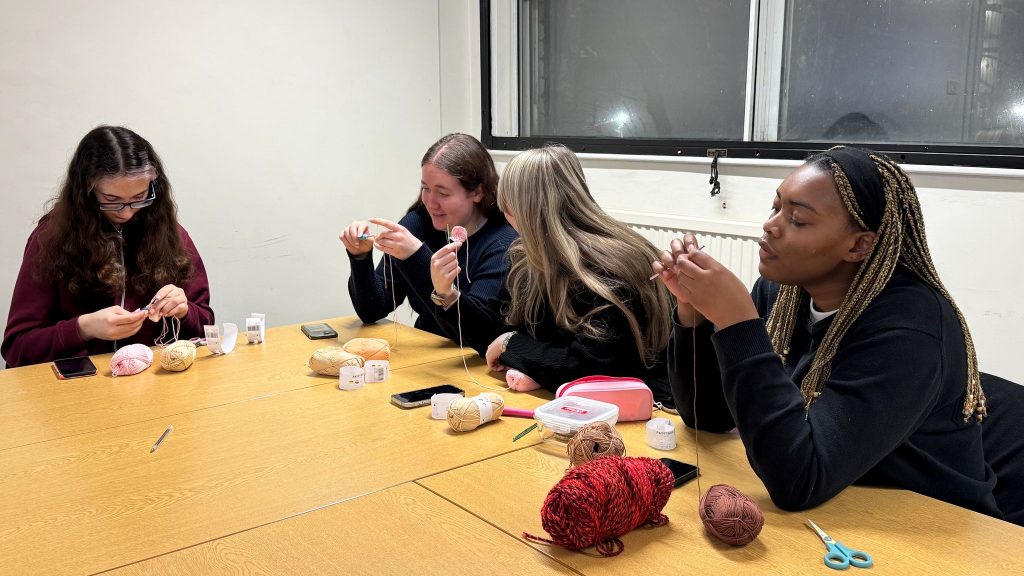
Unlike the pragmatism of older knitting enthusiasts, younger knitting enthusiasts prefer to make cute and fashionable items. “Sometimes when I see a sweater in a store and check the price tag, I think, ‘I can make this, too,” said Lucie.
On social media platforms such as TikTok and Instagram, tags about knitting and crochet have been viewed millions of times. Knitting clothing such as dresses has become a new trend for many fashion brands.
“Sometimes in the summer, when the weather is nice, we go to the park and sit and knit, and that’s really good for my mental health,” said Lucie.
